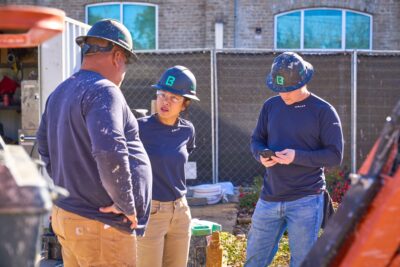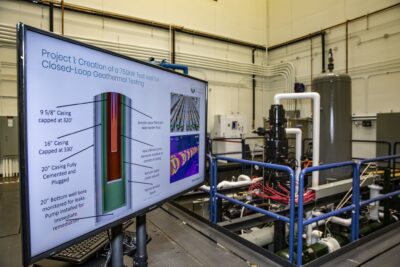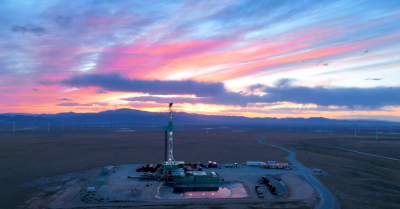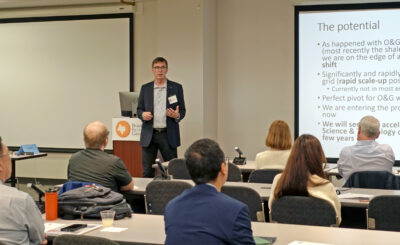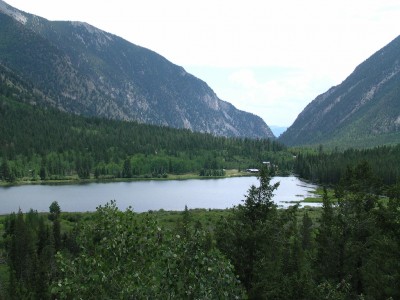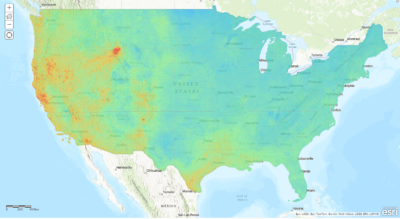DOE grants $3m in funding for geothermal research
The U.S. Department of Energy under the office of Fossil Energy has granted up to $3 million for research on seismic exploration and related activities.
The U.S. Department of Energy (DOE) has announced the selection of eight new research and development projects to receive a total of $11.5 million in federal funding under DOE’s Subsurface Technology and Engineering Research, Development, and Demonstration Crosscut initiative. The new projects are focused on furthering geothermal energy and carbon storage technologies, and will be funded by the Office of Energy Efficiency and Renewable Energy’s Geothermal Technologies Office (GTO) and the Office of Fossil Energy’s (FE) Carbon Storage program.
Under the program, geothermal releated projects receive funding of around $3 million.
‘The projects selected today will advance our ability to store captured carbon pollution from the burning of fossil fuels and improve our understanding of renewable geothermal resources – both of which will help us achieve our nation’s climate and clean energy goals,’ said DOE’s Under Secretary for Science and Energy Franklin Orr. ‘The announcement of these selections also underscores the importance of the crosscutting initiatives that Secretary Moniz has encouraged throughout DOE. Sharing expertise and experiences across the Department is helping us make progress on challenging energy science and technology that demand expertise across the science and engineering disciplines.’
Many opportunities exist to use the rocks beneath the earth’s surface to improve the way we use energy – including next generation geothermal energy, safely storing greenhouse gases that are contributing to climate change, mitigating the impacts of fossil energy development, and nuclear waste storage and disposal. Across those varied challenges, the Subsurface Crosscut addresses a number of common technical issues. In particular, it plans and implements research, development, and field demonstrations emphasizing four pillars: Wellbore Integrity, Subsurface Stress and Induced Seismicity, Permeability Manipulation, and New Subsurface Signals.
Today’s selections fall under two objectives: (1) deploy and validate prototype carbon storage monitoring, verification, and accounting (MVA) technologies in an operational field environment, and (2) identify and validate new subsurface signals to characterize and image the subsurface, advancing the state of knowledge in geothermal exploration.
Projects under the first objective are required to deploy technologies or techniques associated with near-surface and/or subsurface monitoring at a large- or commercial-scale site for validation.
The projects selected under the second objective will develop new approaches to characterize and image subsurface systems. These projects are:
- Development of a Novel, Near Real Time Approach to Geothermal Seismic Exploration and Monitoring via Ambient Seismic Noise Interferometry: Baylor University (Waco, TX), the University of Nevada-Reno, and Hi-Q Geophysical Inc. will advance the state of the art in geothermal exploration and monitoring through the development of new computer hardware and software. The team will build a 150-node seismic system consisting of commercial, off-the-shelf digitizer/recorders and geophones augmented by a device called the RaPiER, which is based on the Raspberry Pi single-board computer. The team will integrate the RaPiER-based seismic system with ambient-noise signal processing software developed at the University of Nevada-Reno and then perform validation tests at Baylor University and at two geothermal sites in Nevada. DOE: $879,802
- Geothermal Fault Zone Dilatancy and Fluid Imaging through Integrated Geophysical, Geological, Geochemical and Probabilistic Analysis: The University of Utah (Salt Lake City, UT), Quantec Geoscience Inc., and Geotech Ltd. will advance geothermal energy development by improving technologies that map fluid-bearing, permeable subsurface fractures connected to high-temperature heat sources. Drawing upon several new in-house technology developments, the team will integrate electromagnetic and seismic geophysics, structural geology, and isotope geochemistry to demonstrate that it is possible to discriminate fault zones in the subsurface carrying high-temperature geothermal fluids. DOE: $620,000
- A Novel Approach to Map Geothermal Permeability Using Passive Seismic Emission Tomography and Joint Inversion of Active Seismic and EM Data: U.S. Geothermal Inc. (Boise, ID), Lawrence Berkeley National Laboratory, and Optim Inc. will work to advance the imaging and characterization of geothermal permeability. Geophysical techniques have advanced, yet still fail to consistently image permeability, and no technique to effectively and robustly map subsurface permeability of geothermal resources has been developed. The techniques developed by the team will be validated at the San Emidio Geothermal Plant in Nevada, where the current geothermal resource produces 9 net megawatts, and at Crescent Valley, NV, where a commercial geothermal resource has yet to be identified. DOE: $1,497,016
The Office of Energy Efficiency and Renewable Energy (EERE) is at the center of creating the clean energy economy today. EERE leads the U.S. Department of Energy’s efforts to develop and deliver market-driven solutions for energy-saving homes, buildings, and manufacturing; sustainable transportation; and renewable electricity generation. To learn more about the programs within the EERE, visit our website.
The Office of Fossil Energy funds research, development and demonstration projects to reduce the risk and cost of advanced carbon technologies and further the sustainable use of the Nation’s fossil resources. To learn more about the programs within the Office of Fossil Energy, visit the website or sign up for FE news announcements. Click here for more information about the Subsurface Technology initiative.
Source: DOE







